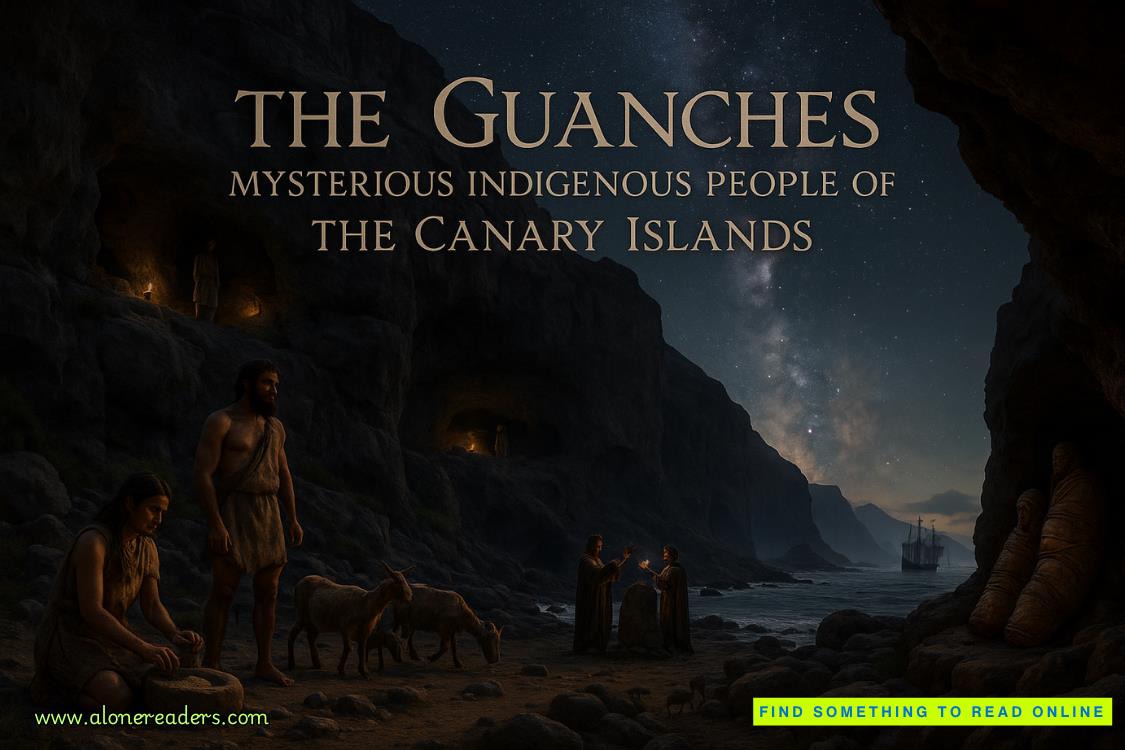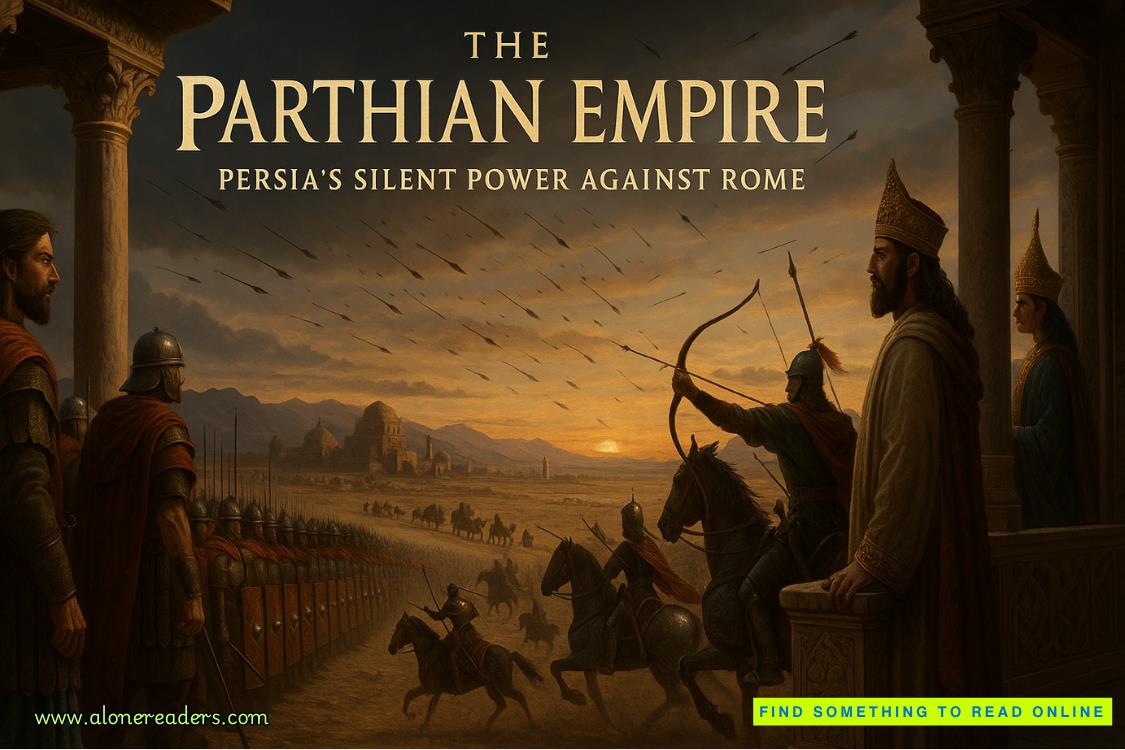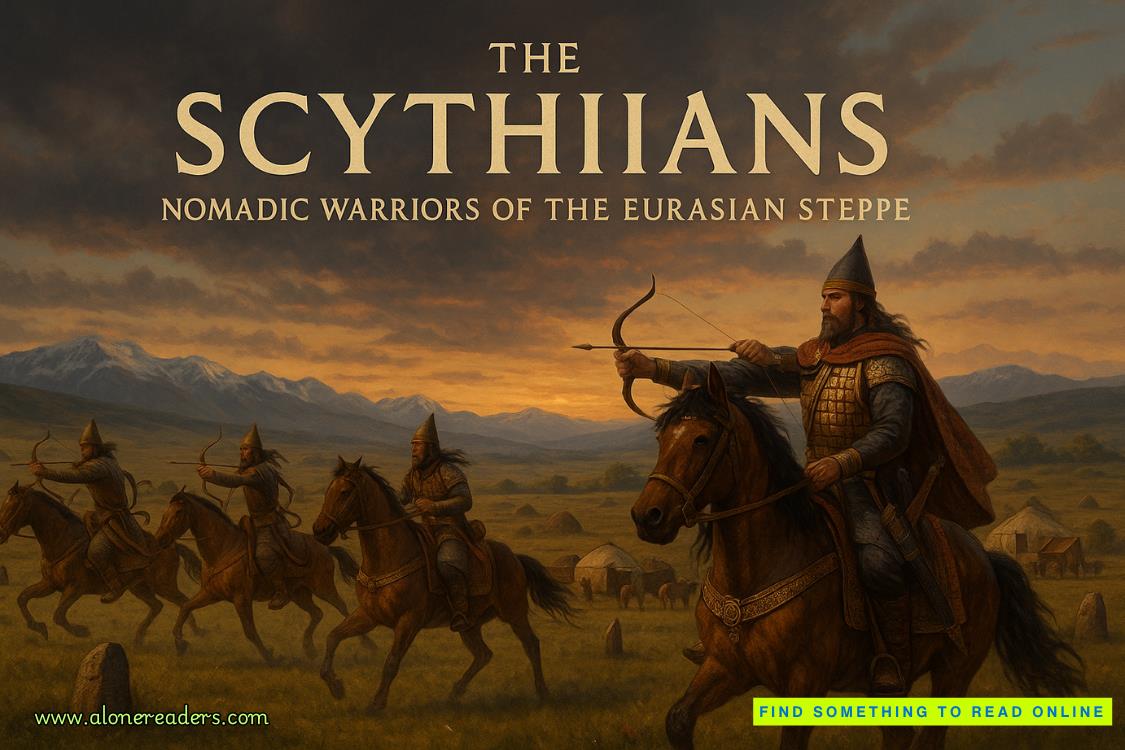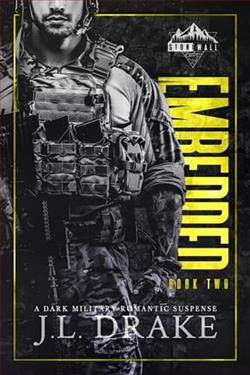Page 40 of Broken Dream
Finally, after what seems both like hours and no time at all, the machine quiets and I’m helped up by the technician, who offers a smile. “We’ll have these to Dr. Matthews and Dr. Patel shortly.”
I nod my appreciation and leave the room. The cool hallways do nothing to calm my heated mind.
I make a pit stop at the small hospital café and buy myself a cup of bitter coffee that I barely taste as I continue back toward Louisa’s office.
I knock.
“Come on in,” Louisa calls.
As I step back into the office, I find Gita and Louisa, now joined by a third figure I recognize as Dr. Luke Belmont, a respected colleague and an attending neurosurgeon. They’re staring at a computer screen, which, mostly likely, has my scans pulled up.
“Jason,” Louisa says without looking up. “We’ve been studying your scans.”
Gita takes a deep breath. “These images show the extent of the nerve damage caused by your injury. Come take a look.”
I rise and join the others in front of the computer screen. On the black-and-white display, the intricate anatomy of my hand unfolds. The bones stand out sharply, and I can pick out each metacarpal and phalanx perfectly. Tendons arch through the scan like taut cables. But I home my focus in on the nerves. Those are what took away my ability to cut.
“As you can see, near the base of your palm, there’s a darkened line of disruption that fractures the continuity of the median nerve,” Gita says.
I nod. I’ve seen scans of my hand before. Swollen and irregular, it looks almost like a river obstructed by debris.
“These bright patches flaring along the nerve’s length show us areas of inflammation or scarring,” Gita continues. “And we can see your muscles around the nerve look thinner than they should, due to the lack of use since your accident as well as their disconnection from the brain’s signals.”
My heart falls. I’ve heard this speech before. And it always ends with “I’m afraid there’s nothing we can do, Jason.”
“As you can see,” Gita says, “the damage is significant.”
I nod slowly. “I understand.”
Gita holds up a finger, her eyes bright. “But it’s also isolated.”
I look up. “You mean…”
Louisa nods. “Your injury hasn’t spread or worsened since your last scans. This allows us a clear path for Gita’s procedure.”
“We can work with this, Jason,” Gita continues. “We can use the graft to bridge the gap between the healthy nerves and those affected by the injury. It will be challenging, yes, but it’s not impossible.”
What?
A moment passes before I process Gita’s words.
Then, for the first time in three years, a tiny ray of light shines through the darkness clouding my mind. Is there actually hope for a better future? Could this truly be possible?
I want to respond to what Gita and Louisa are saying, but I can’t find the right words to express my gratitude.
Belmont chimes in. “The key will be ensuring that the graft takes. If your body rejects it, or if complications arise during the procedure, we’ll have to reconsider our options.”
I listen. I hear their words.
It might not work. I get it. But the possibility of regaining what I’ve lost is worth risking the uncertainty that lies ahead.
“I understand,” I reply. “I trust you all implicitly.”
Louisa smiles. “We’re going to do everything we can for you, Jason. We know what this means to you, and we’re going to fight for every inch of progress.”
“Absolutely,” Gita says. “Dr. Belmont will assist me in the OR, and of course Louisa will see to your neurology care as she always has.”
“Then let’s get started,” I say.















